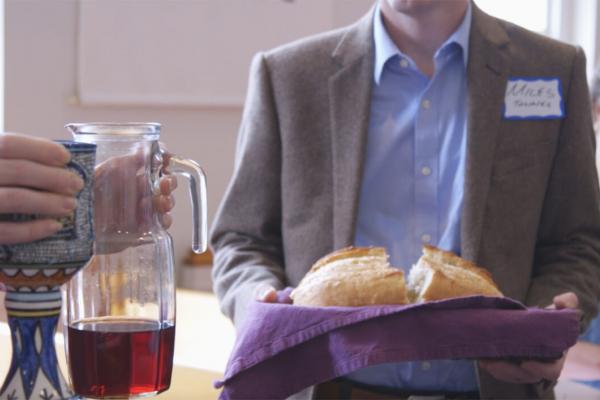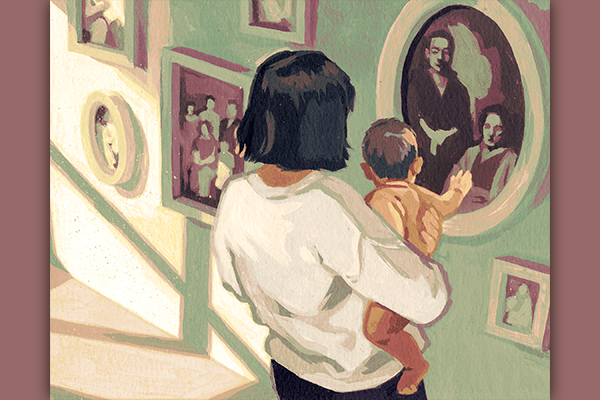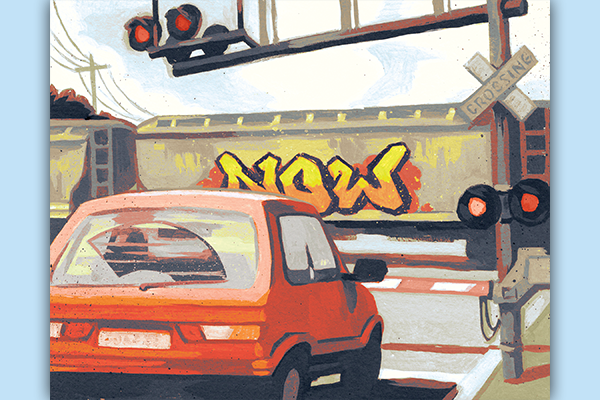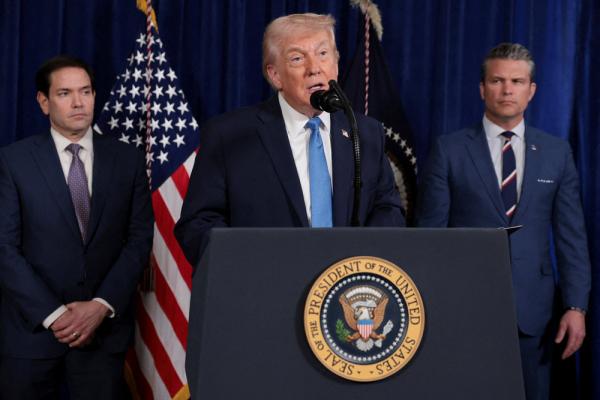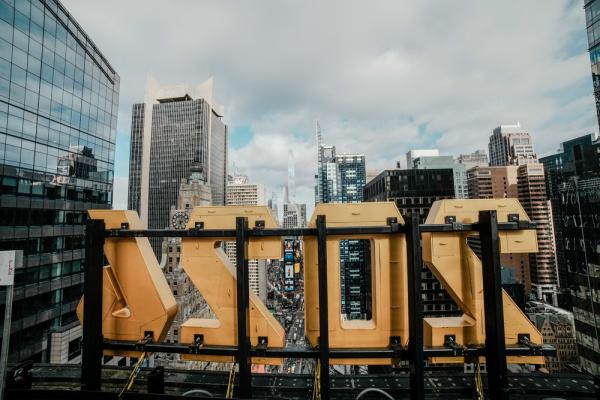What kind of relationship should a congregation develop with a surrounding neighborhood that lacks affordable housing? Could a church, itself, be broken as a gift for others?
Arlington Presbyterian Church saw these questions as an opportunity to re-envision its commitment to serving people in south Arlington, Va. Like many worship spaces in the U.S., attendance decreased dramatically over the span of a decade. The church’s building went quietly underused and fell into disrepair.
Simply selling the property and moving was one survival strategy, but according to Arlington Presbyterian pastor Ashley Goff, being faithful with their resources meant responding to the ways life had become systematically difficult for their neighbors.
The reality is that many people can no longer afford to live in the county where they work.
Repurposing property
In 2009, Arlington Presbyterian started its mission revision process. The presbytery, the larger jurisdiction that the church was a part of, rejected initial plans for renovations and pointed out financial risks with maintaining ownership of the land. So, the church decided to sell its property to a nonprofit developer with an aligned mission. Amid some neighbors' NIMBY (“not in my backyard”) questions about who exactly would be moving in to the housing project. The church engaged the civic association, hosted a welcome party to find out the root cause of people’s hesitations, and gathered lay people and clergy leaders in Arlington to advocate for the project at county council meetings. After about a decade, the multi-use building is now set to open in the summer of 2019.
Local partnerships have been elemental to Arlington Presbyterian’s efforts. La Cocina VA, a culinary and entrepreneurial training program, will move into the building’s ground floor alongside the church’s rented new space and under the housing units. Paty Funegra started the social enterprise organization four years ago, using another church’s commercial kitchen, classrooms, and volunteers to facilitate bilingual cooking classes, job readiness programs, and food assistance programs to deliver healthy meals to the community.
“Through food we have been able to create new job opportunities, to educate people about the importance of living healthier lives,” Funegra said. “In the near future we will also use food to communicate and to exchange cultural history, backgrounds and heritage that our immigrant communities bring with them when they move to the U.S.”
Dawud Abdul-Wakil, a resident with generations of family from Arlington’s northwest neighborhoods, is hopeful La Cocina’s training will advance him toward a career and help him support his small children. He’s frustrated with spiking rent rates and hasn’t forgotten the lasting impact segregation has on the area’s inequity.
Halls Hill/High View Park has been a historically black community since the end of the Civil War. In the 1930s, the adjacent white neighborhood put up fencing to separate the two communities. Most of the wall was brought down in 1966, but a portion with a memorial plaque remains.
“At some point in time certain individuals had the opportunity to gain knowledge and to gain information and to get trained and skills, and certain individuals didn’t, and it spilled into generations and generations of people that lived undereducated,” Abdul-Wakil said.
A racial inequities study by the Urban Institute surveyed the D.C. region for education, income, employment and housing disparities. They found that in an equitable Arlington, 2,500 more black people, 4,800 more Latinx, 2,000 more Asian or Pacific Islander and 6,300 more foreign-born residents would live above the poverty line. Thousands more non-white people and immigrants could also choose homeownership within an equitable Arlington.
Ted Hicks, a board member with nonprofit developer Arlington Partnership for Affordable Housing, said all churches are essential to compassion, equity, and diversity.
“A church or community of spirituality that doesn’t recognize that, I think, is one that doesn’t have the light in their commitment,” he said, adding: “The dialogue is what needs to happen first, and the dialogue needs to be one of respect.”
Hicks is a long-time housing activist who’s organized local health clinics, artists, federal block grants, community gardens, and job training programs to serve his neighborhood in eastern Arlington.
The zero-barrier church
The U.S. has a shortage of more than 7.2 million rental homes available to extremely low-income renter households: those whose incomes are at or below the poverty level or 30 percent of their area median-income, according to the National Low Income Housing Coalition. Because for-profit developers rarely build affordable units without public subsidy incentives, and owners redevelop for high-income renters in strong markets or abandon properties in weak ones, the housing availability gap widens.
Churches across the nation are recognizing the value of their land how it can be leveraged to address the scarcity of affordable housing. An interfaith alliance in Colorado, which found faith organizations own more than 5,000 acres in the Denver metro area, communicated with 20 churches interested in transforming their unused land into housing. According to project reports from several church networks and partnered developers in northern Virginia, Washington, D.C. and Baltimore, more than 5,000 affordable housing units have been built, preserved or are being aided by church organizing in the area.
Church investment in affordable housing can take several forms, according to Enterprise Community Partners mid-Atlantic Vice President David Bowers. One would be to build facilities on their own land. Another would be to purchase land or buildings to develop on or preserve existing facilities. Partnering with goal-aligned developers or creating an in-house development organization has proven helpful to churches in the D.C. area.
Two other ministry options would be to buy individual homes that can be rented to low-income individuals and families, or to provide support to another house of worship’s efforts in affordable housing.
Education about the congregation’s jurisdiction and the tools available are necessary in any investment. Low-income tax credits are a federal program, and inclusionary zoning laws exist in about 900 jurisdictions in 25 states across the U.S. Housing trust funds may be available at the national, state, county and local level.
Barriers like federal redlining, predatory lending, and targeting areas for “urban renewal” while disinvesting from low-income areas maintain inequitable wealth and health. Churches entering a new mission in affordable housing are learning what it means to enter the history of their neighborhoods.
“The church on its best day is zero-barrier,” said Goff, who believes freedom from building management and a stagnant mission is worth the control Arlington Presbyterian surrendered.
“It’s a high impact,” she said. “No matter what happens to Arlington Presbyterian Church, there is a legacy of resurrection. There will be resurrection in this neighborhood, that people will have a safe and affordable community to live in.”
Got something to say about what you're reading? We value your feedback!
